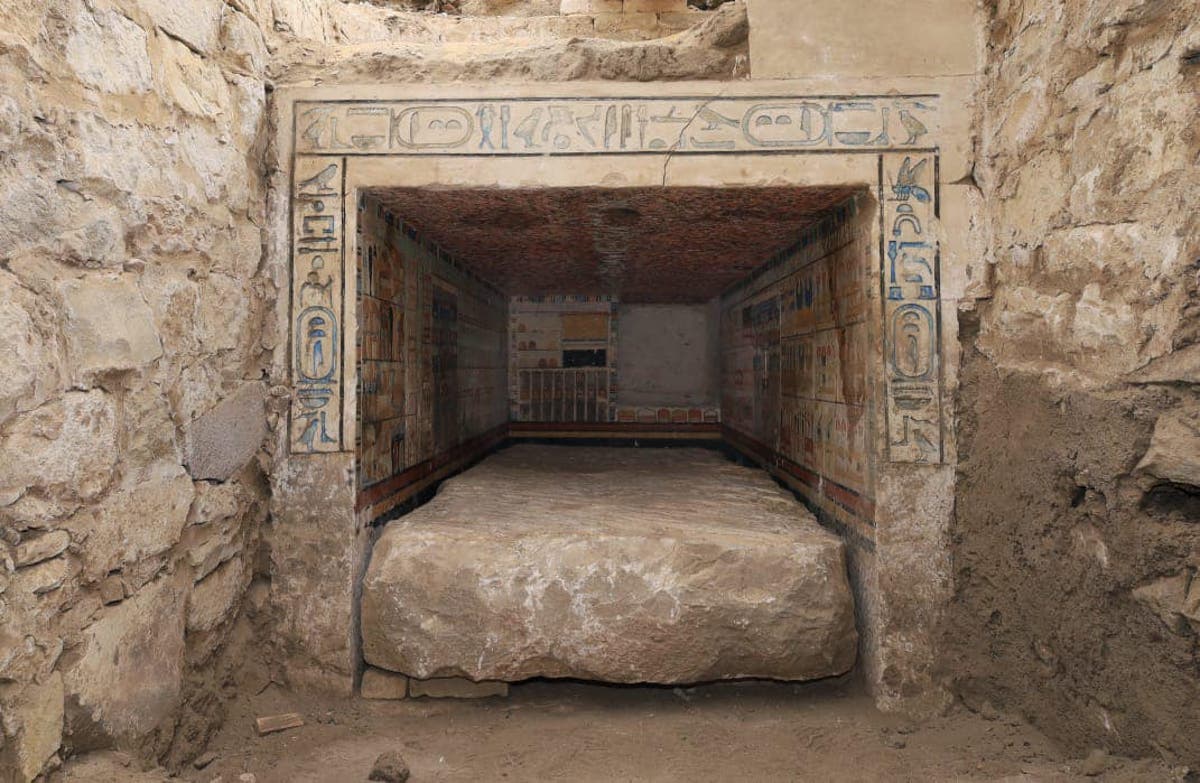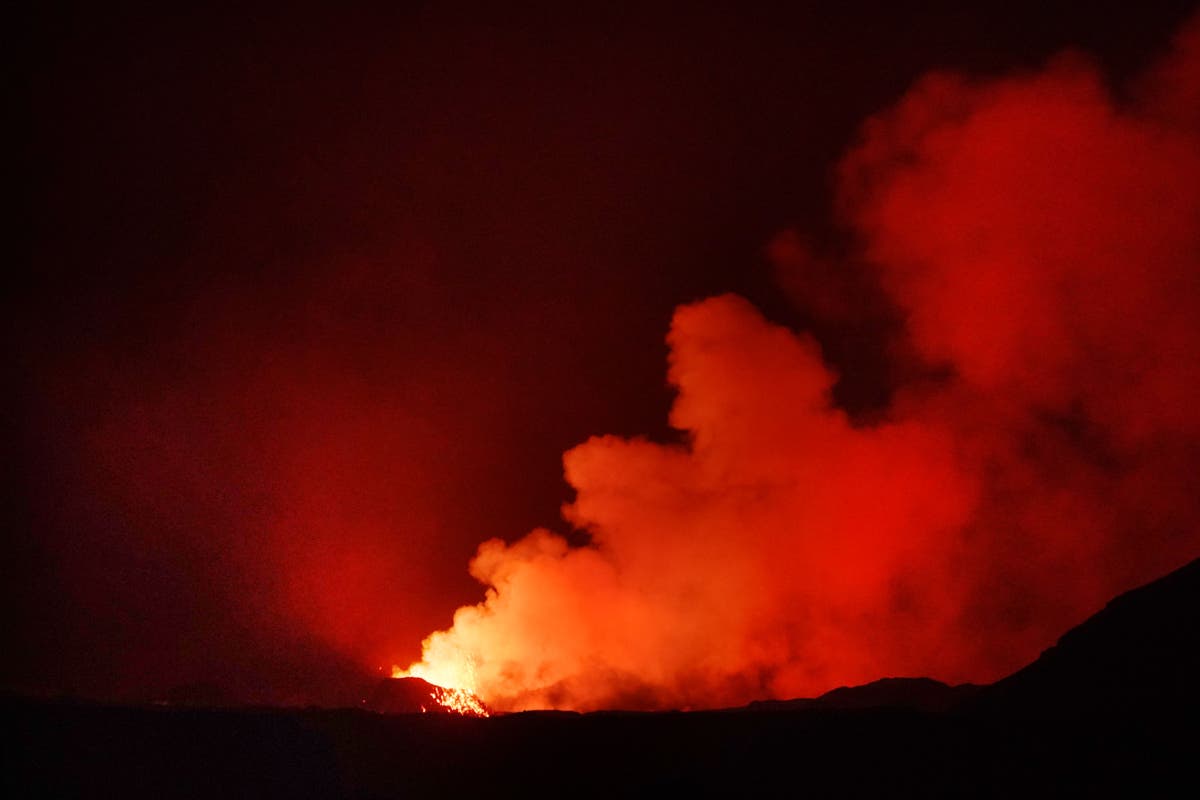Edinburgh, UK – Scientists have unveiled a crucial detail in the flight capabilities of pterosaurs, the first and largest vertebrates to achieve powered flight. New laser technology, applied to 150-million-year-old fossils, reveals the intricate structure of sail-like "vanes" at the ends of their tails. These vanes, composed of interwoven membranes, were not just for show; they played a critical role in flight control and stability.
Previous research highlighted the tail's crucial role in flight, but the precise mechanisms remained unclear. Using Laser Simulated Fluorescence, a technique that makes organic tissues glow, researchers at the University of Edinburgh, in collaboration with institutions across the UK, were able to visualize the delicate membranes and internal structures of pterosaur tails. This detailed view revealed that the diamond-shaped vanes provided stiffness, preventing fluttering and allowing precise steering in the air, much like a ship's sail.
This groundbreaking discovery, published in eLife, sheds light on the pterosaurs' evolutionary adaptation for flight. The study reveals that pterosaurs' tails likely behaved like sails, with the tension of the wind through the cross-linked membranes providing directional control. This discovery further underscores the remarkable adaptability and evolutionary innovation of these ancient creatures.
"It's astonishing that we can reconstruct the anatomy of animals that lived hundreds of millions of years ago," remarked Dr. Natalia Jagielska, lead author and PhD graduate from the University of Edinburgh. The study also suggests potentially unexplored aspects of their life history, potentially relating to mate attraction.
Scientists anticipate that these insights will inspire future research into early flight evolution, while also having the potential to unlock innovative concepts in aircraft engineering. The study, funded by the Natural Environment Research Council (NERC), was conducted by a team including scientists from the University of Edinburgh, the Chinese University of Hong Kong, the National Museum of Scotland, and the Natural History Museum, London.







